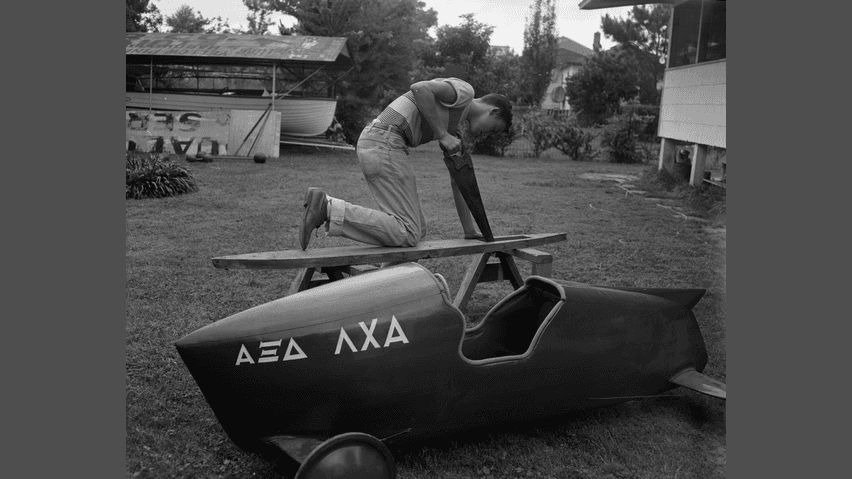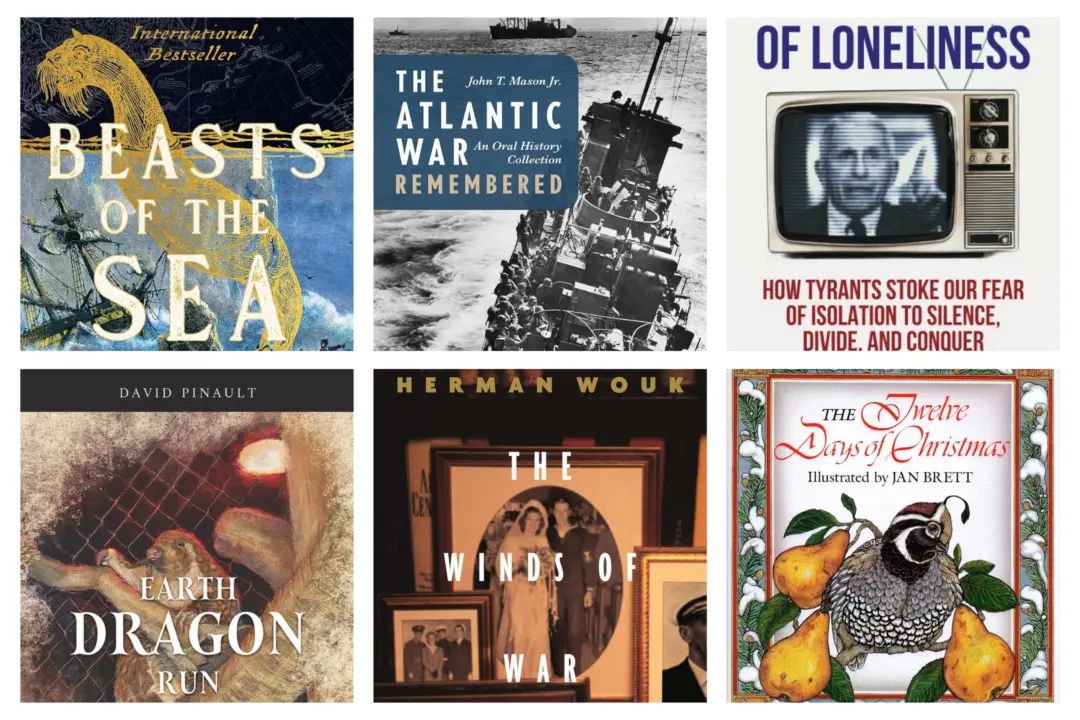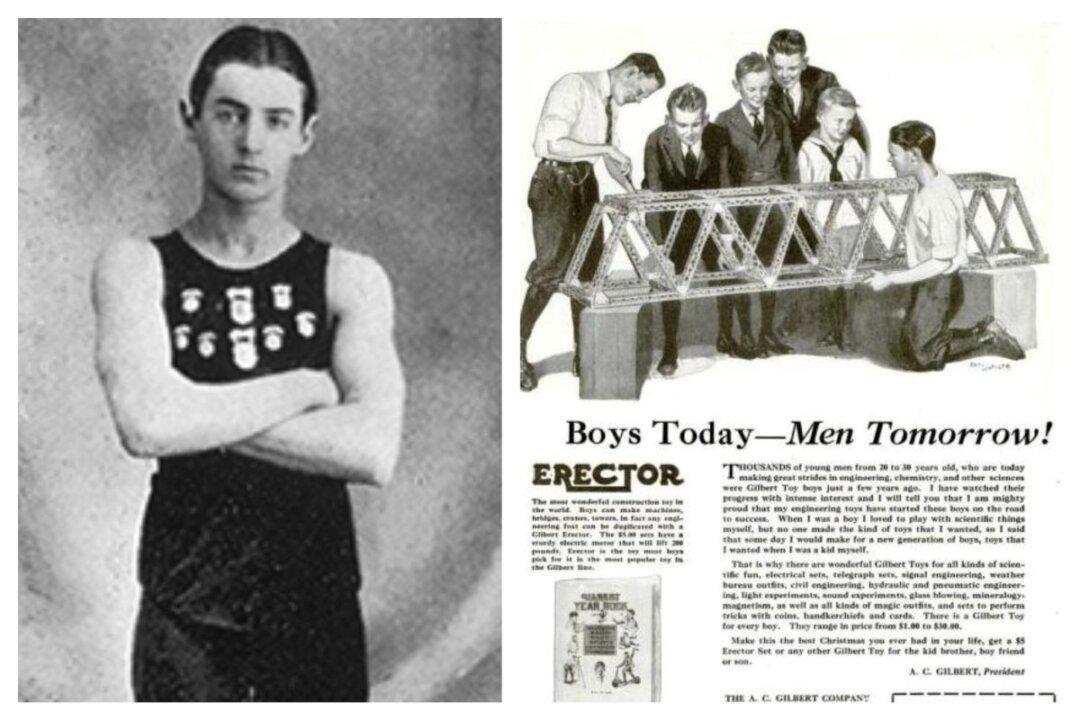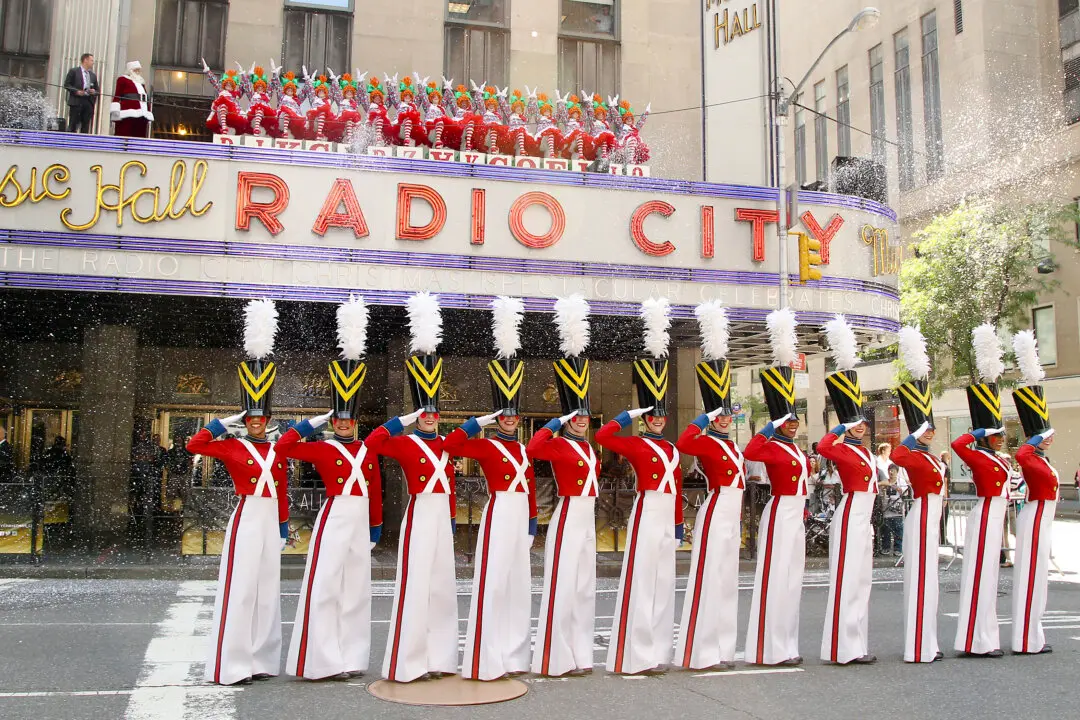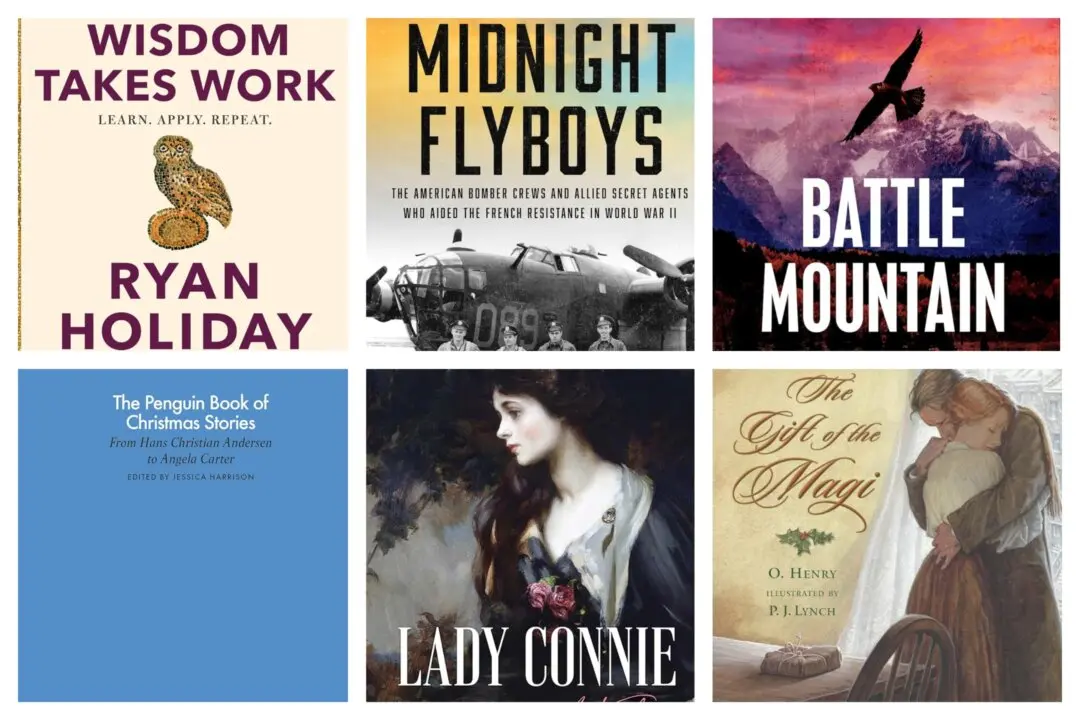Myron Scott (1907–1998) was born in Camden, Ohio, but grew up in Dayton. His father was a baker, but young Scott developed a passion for photography and art. His passions were further honed at the Dayton Institute of Art. After his time at the art institute, he accepted a job with the Dayton Daily News as a staff artist and eventually became one of the paper’s photographers.
He worked for the newspaper for 22 years, ultimately becoming the paper’s art director. His best work had less to do with his photography skills and more to do with his ability to come up with ideas and to network.

